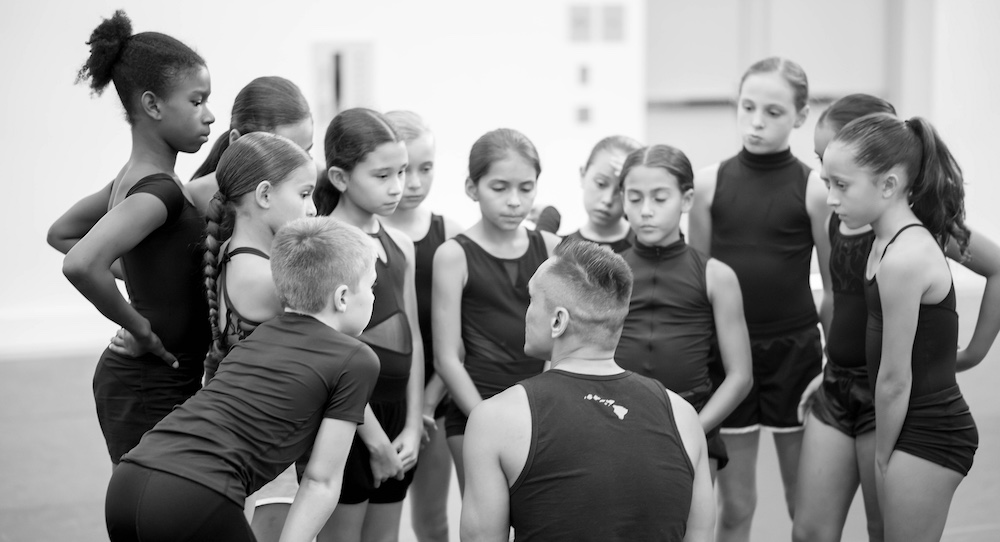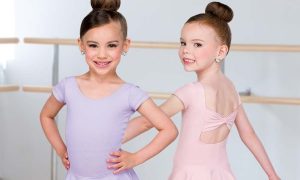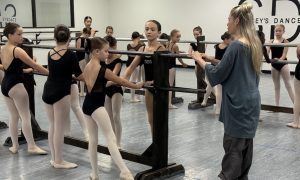It’s summer break, and amongst the pool time, cocktails and summer parties, there’s the niggling call of the new dance year fast approaching. What will your focus be in the 2019/20 school year? Will you update your curriculum and try something new? What has been working for your students, and where can they improve?
In the lead up to Dance Teacher Summit at the end of this month, Dance Informa speaks to three leaders in the industry for their tips on program development and successful teaching methods, touching on subjects that will be discussed at the upcoming Long Beach and New York seminars.
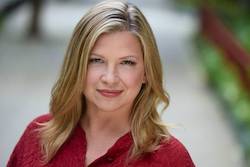
Deborah Damast, Dance Education Program Director and Artistic Advisor at NYU Steinhardt, has a wealth of knowledge and immense experience in curriculum development. Her approach “is to first take a look at the audience. Who are the students? What are their needs? What are the goals of the school, the program and the teachers?” she asks. “What is the educational philosophy of the school? These questions need to be addressed before curriculum can be written so that there is alignment with the goals, pedagogic practice and mission.”
Whether teaching recreational dancers, serious pre-professional students, competitive dancers or college students, the summer break is an opportune time to look at your mission and assess how your program works for you and your students.
“Curriculum development is often considered to be complicated and daunting,” empathizes Francisco Gella, master teacher, choreographer and artistic director of Francisco Gella Dance Works. But it doesn’t have to be.
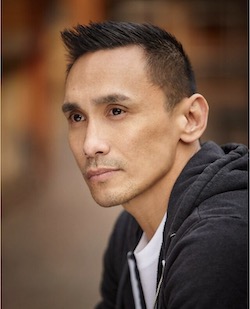
“If you truly look at the roots of how to formulate an effective and results-oriented curriculum, it’s actually quite simple,” Gella explains. “Focus on basic foundations for technique; approach implementing those foundational elements from an anatomical and bio-mechanical standpoint, be unrelenting with details in terms of execution (from proper alignment, how each step initiates, transitions and finishes), and, finally, be consistent with applying these simple rules to every step, every sequence and every lesson plan.”
But once you have a strong plan in place, make sure to leave room for creativity and moldability.
“Create curriculum that is guiding and supportive without being top down and prescriptive so that teachers can have some creative space and at the same time feel that they have a template that works for their classes,” advises Damast. “Good curriculum should be breathable, scaffolded over time, have realistic outcomes and have adaptations for different learning styles.”
Gella agrees, saying, “The work of curriculum development should never end because the needs of dancers change, the demands from the concert, commercial and collegiate dance sectors change, and you yourself change.”
Creating a program that’s true to you and the goals of your studio comes down to your core teaching philosophy. As you plan for the school year, it’s a great time to think about what’s important to you in a classroom and ultimately what you want your dancers to gain from their time with you.
Ray Leeper, renowned choreographer and creative consultant, focuses on teaching dancers respect and discipline.
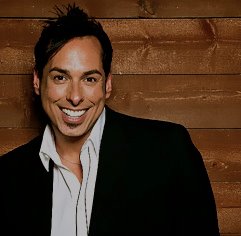
“I always like to teach with encouragement and positivity, but that doesn’t mean that there’s not discipline,” he says. “Young people need to come into the room having a certain amount of respect and having a job to do. Dancers come into a ballet class with their ballet cap on ready for a very, very structured class, and then they come into their jazz or contemporary class and they take the ballet cap off. There’s a more relaxed feeling, which I like, but I think that we really need to try to have a level of respect or discipline in class. Do you ever watch your kids in ballet class and say to yourself, ‘Why aren’t they like that in my class?’ If so, you need to reevaluate how you’re running your class.”
Gella also emphasizes building strong, dedicated characters rather than just dancers with perfect technique.
“A teacher can focus on developing strong technical training, but without also tending to the emotional and psychological needs of the student – which impact core behavioral principles of character, integrity, grit, self-introspection, self-confidence, humility and gratitude – that student will never maximize their full human and artistic potential,” he says.
But how do you do this for the many students, of varying levels, that you encounter each day?
“Really see the class,” advises Damast. “Don’t teach to the mirror; teach to the people. Ask questions, check in with students, find multiple ways of explaining concepts, and learn how your students learn.”
To do this, Damast encourages educators to “have students find their voices while they are finding their style, and include some discussion into classes. Why not make the class content relatable to the students’ lives outside of the dance studio?”
According to Gella, teachers need to “not only pay attention to the overall development of the student but to also consistently express their belief in the talent and potential of the student, and show they value the authenticity and uniqueness of the dancer. This all affects the way a dancer approaches class and performance.”
Leeper shares a useful tip for helping each student to feel valued. “I think that teaching class is always about creating a sense of equality in the room, whether you’re teaching 500 dancers in a convention setting, or you’re teaching 20 at the studio.”
He continues, “You know how everyone has their spot at the barre or when facing the mirror? Dancers place themselves depending on their level, or where they think they deserve to be. Mix with that! Create opportunity for the dancers who are in the back to be in the front. Make sure that you’re giving just as much opportunity to every dancer. So, if you’re going across the floor, don’t always have your A dancers begin, or pair together.”
In a ballet class, Gella feels it’s important to express that “not everyone can be great at ballet, but every single person in the room can be an excellent student.”
What does this translate to at the barre? Gella tells his students to “focus on what is being taught, honor the etiquette and tradition by not talking or disrupting the learning process, honor yourself by having the courage to try something new, and if you are a seasoned ballet trained dancer, focus on fixing details and determine how you can improve your approach on each step being given.”
Gella makes a point of letting students know “that different body types are all capable of learning ballet. Regardless of body type, if that dancer has done the necessary work, with clarity and detail, you cannot deny the excellence they are showing.”
Add to these different body types and abilities, the many different learning styles of your students, and you have a complex set of needs in every studio.
“Each dancer has differences in how they learn and retain information,” Gella points out. “Some will tend to intellectualize the content you are teaching, and some are more apt to learn visually through demonstration and observation.”
In a physical art form, Gella encourages his students to try each correction physically, not just intellectually.
“Students cannot be given license to just stand around passively and only acquire the information intellectually – regardless of what their dominant learning modality might be,” Gella says. “I always encourage my students to feel the correction with their body.”
And “there’s a difference between teaching and preaching,” adds Leeper. “I think that’s why it’s really important for instructors to get onto the floor and wander around to keep the kids engaged.”
But as a teacher, are you engaged? At the end of the school year, we are all exhausted and generally lacking inspiration. That’s where an event like Dance Teacher Summit can motivate and equip you.
“This will be my fifth year teaching at the Summit,” says Gella excitedly. “I want to empower educators’ belief in them, to open up possibilities for fresh, new ways of teaching and to encourage teachers to look at themselves as artists. Most teachers look at what they do as a job. I encourage instructors to view their teaching as an artistic practice. Teachers who perceive themselves as artists become more innovative in the way they look at what to teach and how to teach.”
But with so many classes on offer and so much advice to garner, how can the Summit effectively assist your curriculum development and execution?
“I think it’s really important to come up with a plan with your studio team as to how the information you gather can be used over an entire year and to be really realistic, measured and practical about how the information goes out to your students,” advises Leeper.
So how can you do that? “After Summit, take a week or so and really just let it all settle,” he adds. “See what three to five things keep coming back to you. These are the things you should pay attention to, follow through and get behind.”
But whatever you choose to take away from the Summit and implement in your curriculum, this new season, above all else, “put the person first, dancer second,” reminds Gella.
This year’s Dance Teacher Summit will be held in Long Beach, CA (July 26-28), and in New York, NY (August 1-3). For registration and more information, visit danceteachersummit.com.
By Deborah Searle of Dance Informa.


